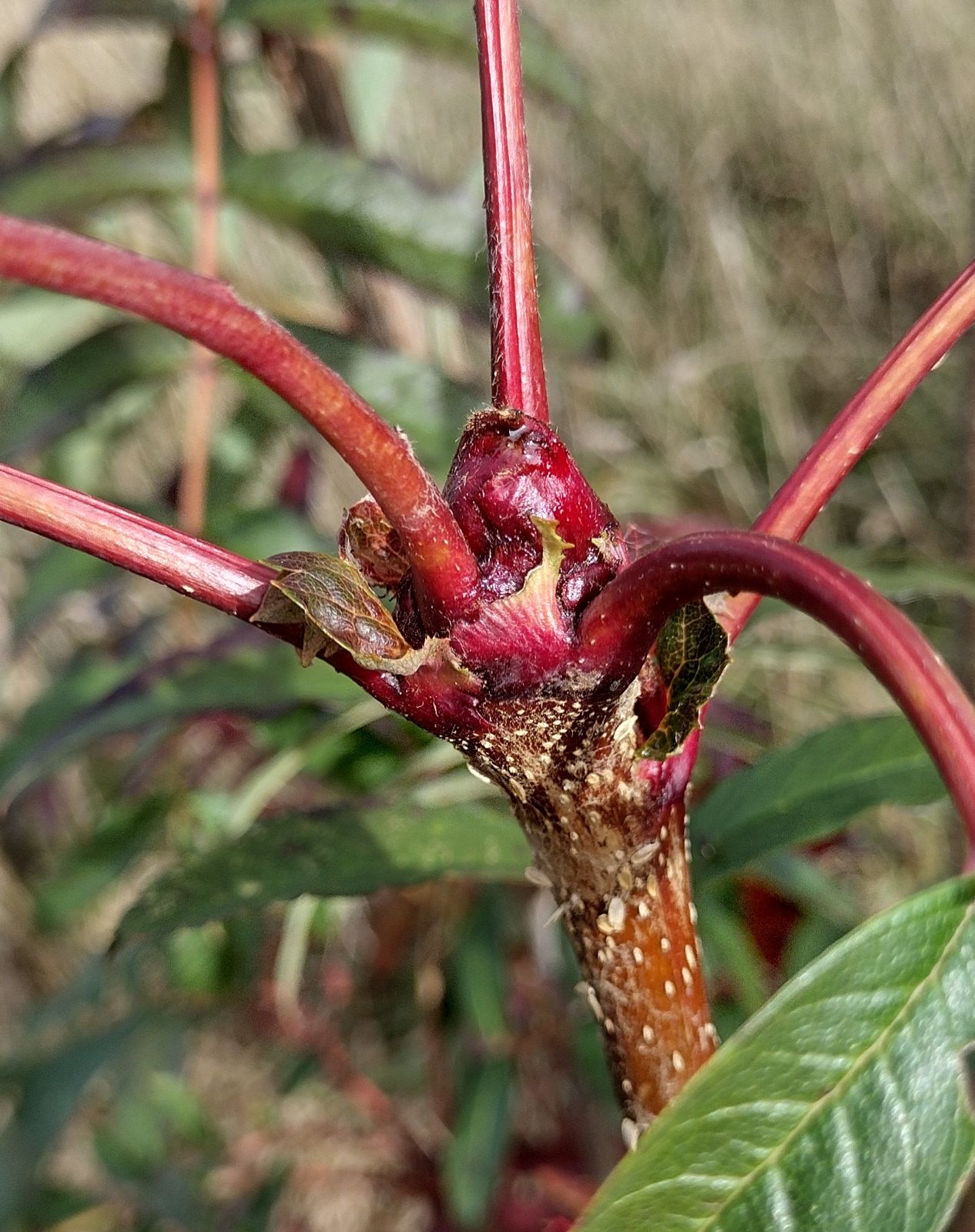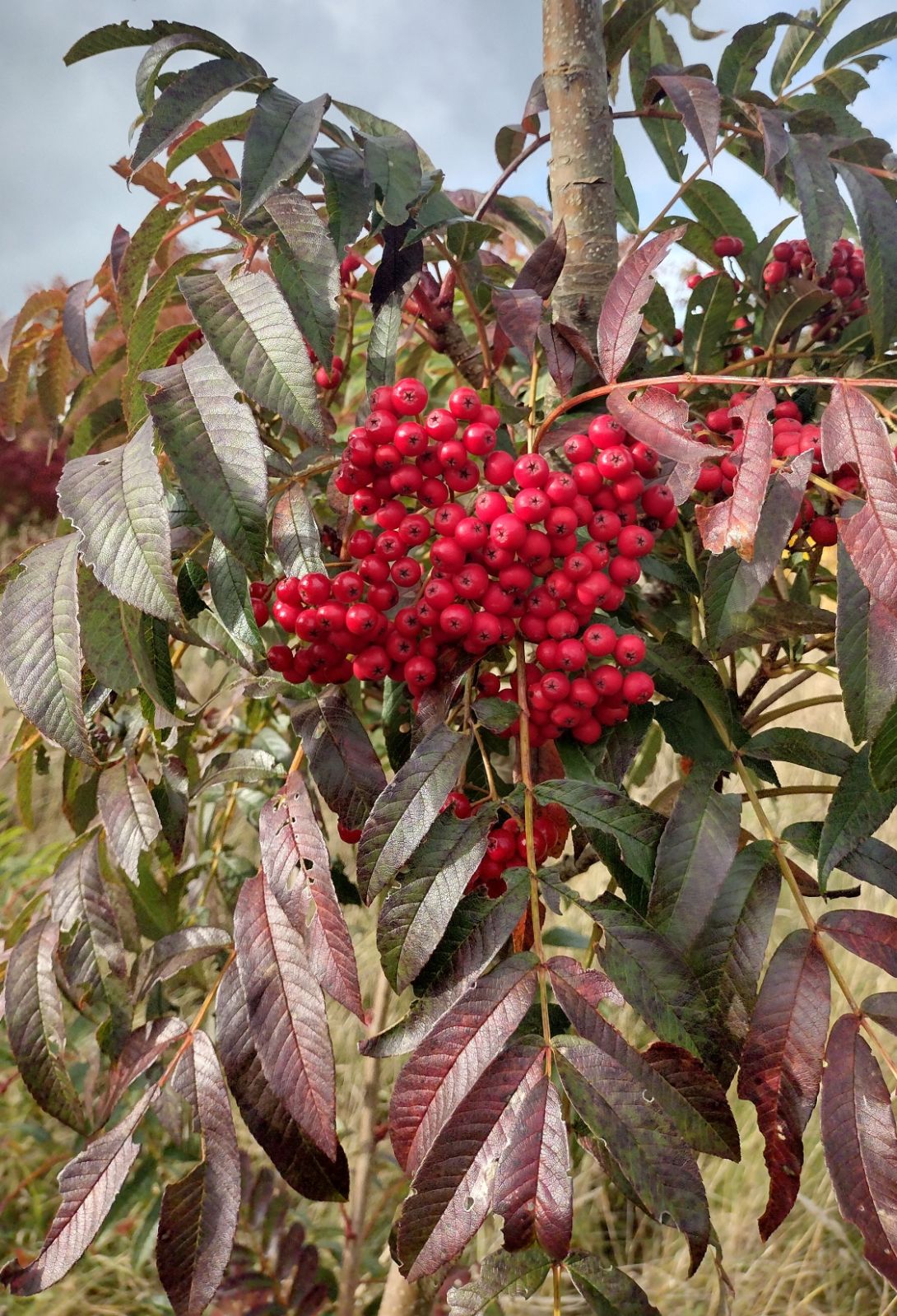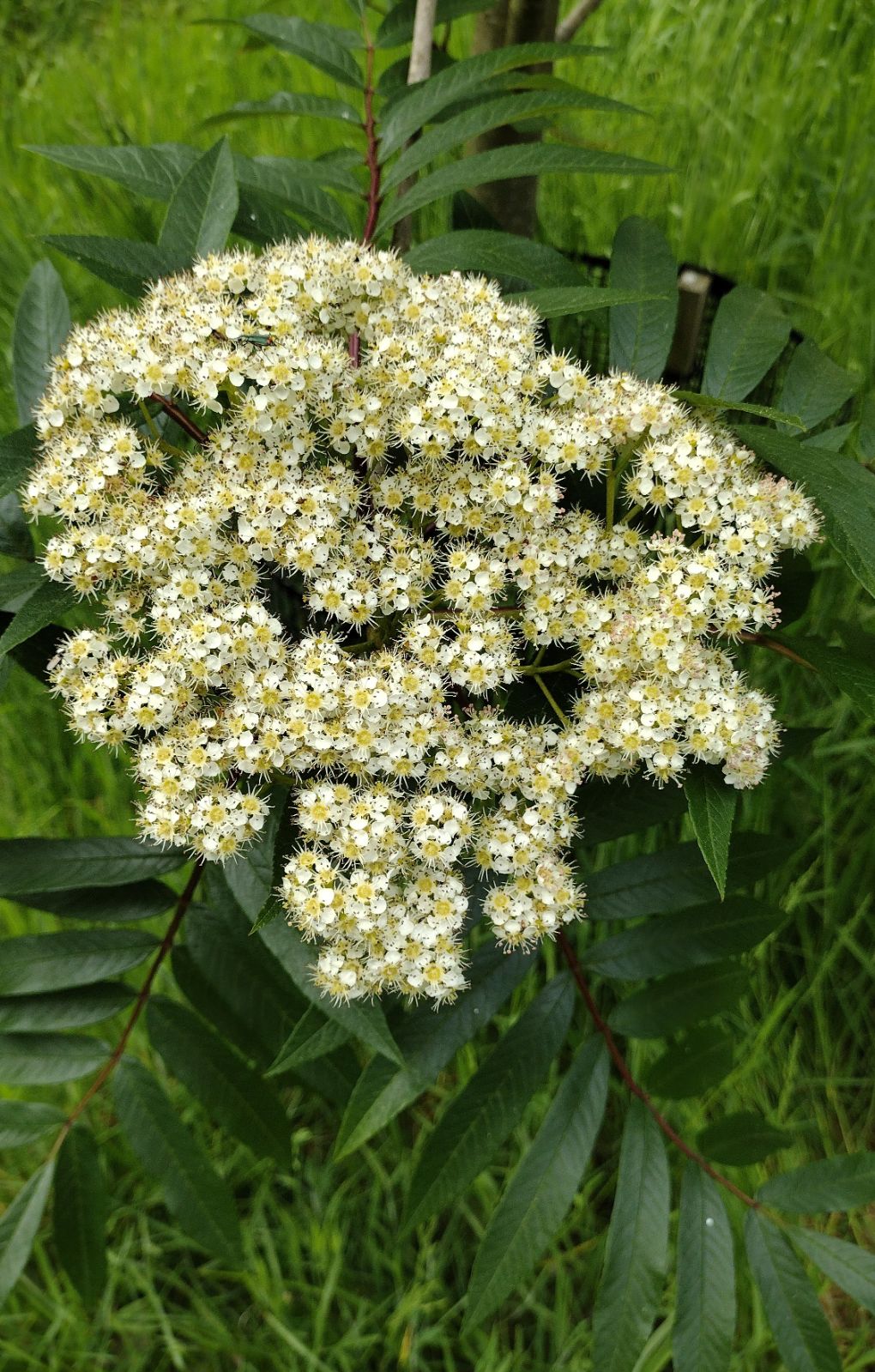Sorbus wilsoniana
Sponsor
Kindly sponsored by
This genus has been sponsored and new text is being prepared.
Credits
Article from New Trees by John Grimshaw & Ross Bayton
Recommended citation
'Sorbus wilsoniana' from the website Trees and Shrubs Online (treesandshrubsonline.
Genus
Other taxa in genus
- Sorbus americana
- Sorbus amoena
- Sorbus arachnoidea
- Sorbus aucuparia
- Sorbus carmesina
- Sorbus cashmiriana
- Sorbus commixta
- Sorbus coxii
- Sorbus decora
- Sorbus discolor
- Sorbus ellipsoidalis
- Sorbus esserteauiana
- Sorbus fansipanensis
- Sorbus foliolosa
- Sorbus forrestii
- Sorbus glabriuscula
- Sorbus glomerulata
- Sorbus gracilis
- Sorbus helenae
- Sorbus hupehensis
- Sorbus hypoglauca
- Sorbus insignis
- Sorbus 'Joseph Rock'
- Sorbus khumbuensis
- Sorbus koehneana
- Sorbus kongboensis
- Sorbus kurzii
- Sorbus lingshiensis
- Sorbus matsumurana
- Sorbus microphylla
- Sorbus muliensis
- Sorbus olivacea
- Sorbus parvifructa
- Sorbus pohuashanensis
- Sorbus poteriifolia
- Sorbus prattii
- Sorbus pseudohupehensis
- Sorbus pseudovilmorinii
- Sorbus randaiensis
- Sorbus reducta
- Sorbus rinzenii
- Sorbus rubescens
- Sorbus rufopilosa
- Sorbus rushforthii
- Sorbus sambucifolia
- Sorbus sargentiana
- Sorbus scalaris
- Sorbus sitchensis
- Sorbus tianschanica
- Sorbus ursina
- Sorbus vilmorinii
- Sorbus wallichii
Tree to 10 m. Branchlets thick and stiff. Buds large, ovoid and very sticky. Leaves to 25 cm long, with seven pairs of leaflets. Leaflets leathery, to ~8.3 cm long. Stipules large, leafy and persistent. Inflorescences large. Fruit subglobose, 0.8 × 0.8 cm, shiny crimson; carpels (three to) four to five. Sexual diploid (2n = 34). Lu & Spongberg 2003, McAllister 2005a. Distribution CHINA: Guangxi, Guizhou, western Hubei, Hunan, Jiangxi, western Sichuan, Yunnan. Habitat Mixed forests, between 1300 and 3300 m asl. USDA Hardiness Zone 7. Conservation status Not evaluated. Illustration NT814. Cross-references B426, K814.
Sorbus wilsoniana is very similar and closely related to the well-known and popular S. sargentiana, differing only in being slightly smaller in all parts, and having up to five carpels per fruit (three to four in S. sargentiana) (McAllister 2005a). It is an equally good garden tree, sharing its characteristic strong autumn colours and big orange clusters of fruits. It was introduced early in the twentieth century (though perhaps not by Wilson – Plantae Wilsonianae records that his collections were made of flowering specimens only: Sargent 1913); this stock seems, however, to have died out. It was reintroduced in 1985 through the Shanghai Botanic Garden seed list, the material having originated in Hunan (McAllister 2005a), and since then it has been collected on several other occasions, notably by expeditions to Sichuan (SICH 1233, 2100, 2215). Field notes indicate that it grows in mixed, rather open woodland over a range of altitudes, some of them quite low (SICH 2100, for example, was gathered at 1650 m in Tianquan Co. in 2001). The species is now quite widespread in cultivation, and freely available in the nursery trade.



